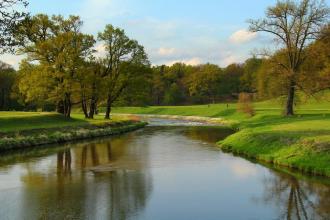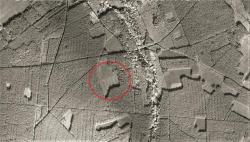Nature reserves

Landscape parks
Areas of protected landscapes
Natura 2000 areas
Natural monuments
Ecological sites
Species protection of animals
 Asset Publisher
Asset Publisher
EFEKT ROCZNICOWY JUŻ WIDOCZNY
EFEKT ROCZNICOWY JUŻ WIDOCZNY
Leśnicy z Nadleśnictwa Wymiarki w 2018 r, czynnie obchodzili rocznicę 100-lecia odzyskania przez Polskę niepodległości.
Jubileusz był doskonałą okazją, by pozostawić wyjątkową i trwałą pamiątkę historyczno - przyrodniczą dla przyszłych pokoleń. W tym celu zorganizowano nietypowe sadzenie lasu, w którym udział wzięli przedstawiciele okolicznych samorządów terytorialnych, stowarzyszeń oraz mieszkańcy okolicznych gmin. Wyjątkowość wydarzenia polegała na wytyczeniu na powierzchni zrębowej symbolicznej liczby 100, którą obsadzono brzozą. Pozostała część powierzchni odnowiona została sosną pospolitą, co dzięki kontrastowi kolorystycznemu, właściwemu dla różnych gatunków lasotwórczych, pozwoliło osiągnąć zamierzony przez leśników cel.
Pierwsze efekty upamiętniające wyjątkową rocznicę zaobserwowano już w roku 2020. Rosnąca brzoza utworzyła dobrze widoczną z lotu ptaka liczbę 100.

W uchwale Sejmu ustanawiającej 2018 r. Rokiem Jubileuszu 100-lecia odzyskania przez Polskę Niepodległości zapisano, że "Odzyskanie niepodległości dokonało się poprzez walkę pełną poświęcenia i bohaterstwa nie tylko na polach bitew, ale i w codziennych zmaganiach o zachowanie duchowej i materialnej substancji narodowej oraz w codziennym trwaniu polskich rodzin".
Pozostawienie nietypowego artefaktu leśnego na ziemiach odzyskanych stanowi także pewną symboliczną wizytówkę przemian niepodległościowych.







